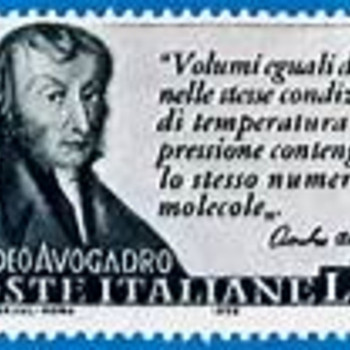WE know from classic experiments that water undergoes autoprotolysis, i.e. self-ionization.
We could represent this reaction by #(i)#:
#2H_2O(l) rightleftharpoonsH_3O^+ +HO^-#
OR by #(ii)#:
#H_2O(l) rightleftharpoonsH^+ +HO^-#
Note that (i) and (ii) ARE EQUIVALENT REPRESENTATIONS, and it really is a matter of preference which equation you decide to use. As far as anyone knows, the actual acidium ion in solution is
#H_5O_2^+# or #H_7O_3^+#, i.e. a cluster of 2 or 3 or 4 water molecules with an EXTRA #H^+# tacked on.
We can use #H^+#, #"protium ion"#, or #H_3O^+#, #"hydronium ion"#, equivalently to represent this species.
The equilibrium constant for the reaction, under standard conditions, is..........#K_w=[H_3O^+][""^(-)OH]=10^-14#.
And so #K_w=[H_3O^+]^2# because #[HO^-]=[H_3O^+]# at neutrality, and thus..........
#[H_3O^+]=[HO^-]=sqrt(10^-14*mol^2*L^-2)=10^-7*mol*L^-1#
And to make the arithmetic a bit easier we can use the #pH# function, where #pH=-log_10[H_3O^+]#, and #pOH=-log_10[HO^-]#
And thus in aqueous solution under the given standard conditions, #pH+pOH=14#.
How do you think #pH# and #pOH# would evolve under non-standard conditions, i.e. at a temperature of say #373*K#? Would #K_w# decrease, remain constant, increase? Remember that the reaction as written is A BOND BREAKING reaction. How would this inform your choice?

